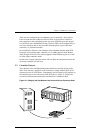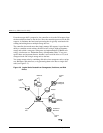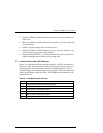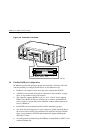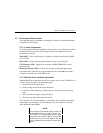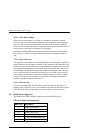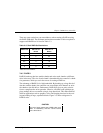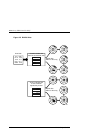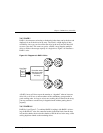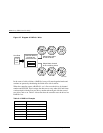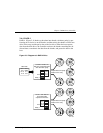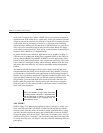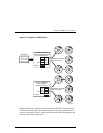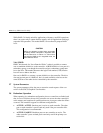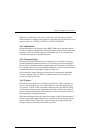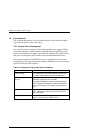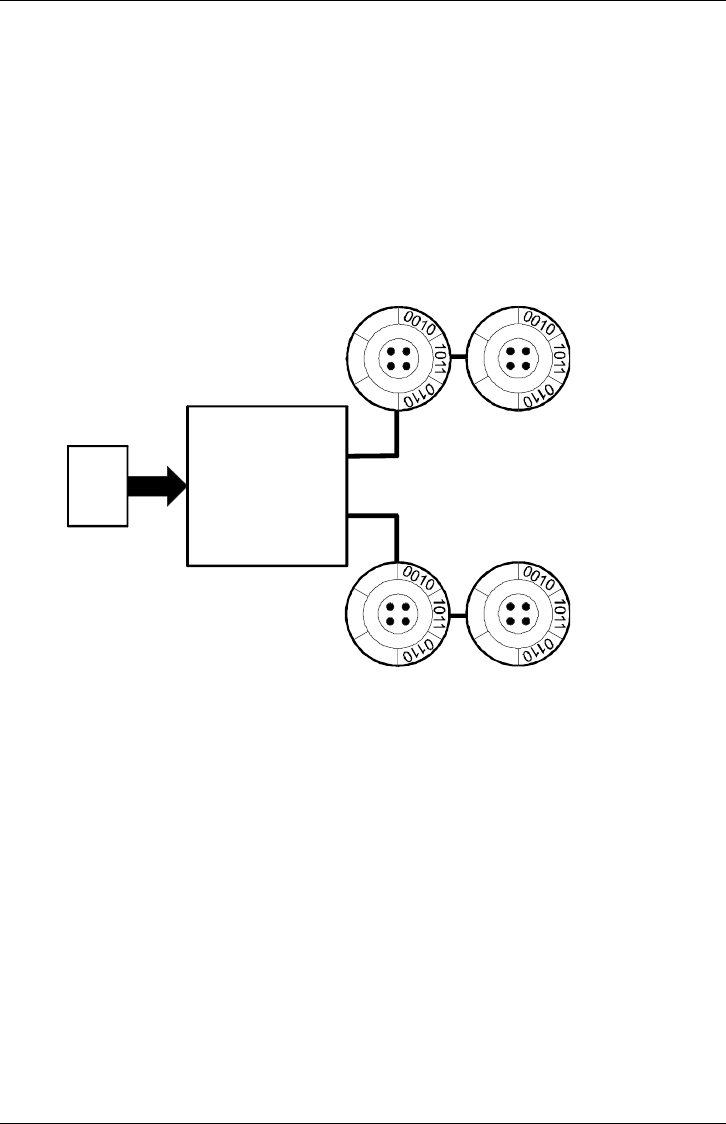
Chapter 2. RAID Array Controller
EK–SMCPQ–UG. C01 2–11
2.6.2 RAID 1
RAID 1 (also known as mirroring or shadowing) takes data sent by the host and
duplicates it on all the drives in an array. The result is a high degree of data
availability, since you can lose all but one drive in the array and still have full
access to your data. This comes at a price: a RAID 1 array requires multiple
drives to achieve the storage capacity of a single drive. Figure 2–6 illustrates a
RAID 1 write.
Figure 2–6 Diagram of a RAID 1 Write
0010
1011
0110
Host Data
Controller writes
data from cache
to all drives in
the array
S
HR-1
0
5
5
A RAID 1 array will show up on the monitor as “degraded” when at least one
drive fails, even if two or more members of the redundancy group remain in
good working order. As long as at least two working drives remain in the array,
you may continue to run the array in degraded mode without putting data in
jeopardy.
2.6.3 RAID 0+1
RAID 0+1 (see Figure 2–7) combines RAID 0 (striping) with RAID 1 (mirror-
ing). In RAID 0+1 write, the controller breaks up the data block from the host
into smaller chunks, then writes the chunks to half the drives in the array, while
writing duplicate chunks to the remaining drives.



